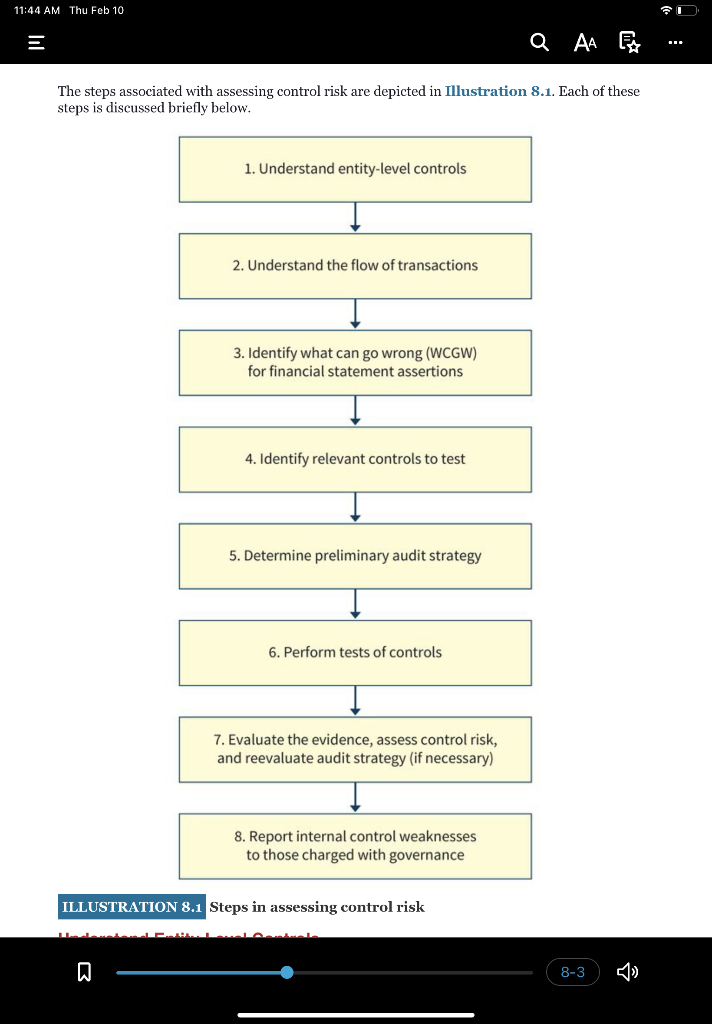Question
The Steinhoff case presents one of the biggest frauds in South African history. This fraud is a story of earnings manipulations, uncontrolled acquisition sprees, tax
The Steinhoff case presents one of the biggest frauds in South African history. This fraud is a story of earnings manipulations, uncontrolled acquisition sprees, tax fraud with off-balance sheet companies set up to hide losses, and extensive debt that was procured at a substantial pace, while management colluded to defraud investors.
The company started with small but humble beginnings in Germany, selling low-cost household goods and furniture for its first three decades from 1963 to 1993. The company owned factories in Germany, Poland, Ukraine and Hungary. The company made strategic investments in numerous import trading companies in the Netherlands and Italy and extended its sales reach to France and Austria, employing 3,000 people.
During its second three decades, 1994 to 2013, Steinhoff looked south to Africa and especially South Africa. By 2013, the company had 87 factories and 26 distribution and sourcing locations, and operated in 10 countries. Its strategy was on three fronts: (1) UK and Asia Pacific, with retail operations in Australia and New Zealand and the UK; (2) Also it expanded its sourcing operations in Europe; (3) Africa: The company acquired the JD Group of retail companies.
From 2014 to 2017, the low-cost furniture company had expanded to seven industries and 15 brands globally. At a dizzying pace, Steinhoff acquired ailing businesses with business functions that were outside of the average Steinhoff managers understanding. These new acquisitions seemed to have very high levels of complexity and did not seem to be part of any systematic overall strategy.
Unfortunately, control deficiencies were overlooked by auditors for three years prior to EOY 2017, when Deloitte finally refused to sign off of the audit due to accounting irregularities associated with the Steinhoff Case. Its accounting irregularities had been promoted as a corporate environment by a corrupt and heavy-handed CEO and an ineffectual Board.
In this chaotic corporate atmosphere from 2014 to 2017, managers colluded to earn big bonuses through more new acquisitions and circumventing controls. Additionally, they prevented communication between Deloitte offices about inflated intangibles and inflated earnings from a lack of valuation impairments associated with new acquisitions. Eventually, these transactions rose to a level that prevented Deloitte from signing off on the EOY 2017 audit. In the end, Steinhoffs business from 2014 to 2017 revolved primarily around acquisitions of more than 40 different brands across more than 32 countries on four continents
Required:
Using the auditors steps in assessing control risk as shown in Illustration 8.1, describe some of the control deficiencies that might have been overlooked by auditors during the three years prior to EOY 2017, which allowed material accounting irregularities to prevent the issuance of 2017 audited financial statements.

Step by Step Solution
There are 3 Steps involved in it
Step: 1

Get Instant Access to Expert-Tailored Solutions
See step-by-step solutions with expert insights and AI powered tools for academic success
Step: 2

Step: 3

Ace Your Homework with AI
Get the answers you need in no time with our AI-driven, step-by-step assistance
Get Started


